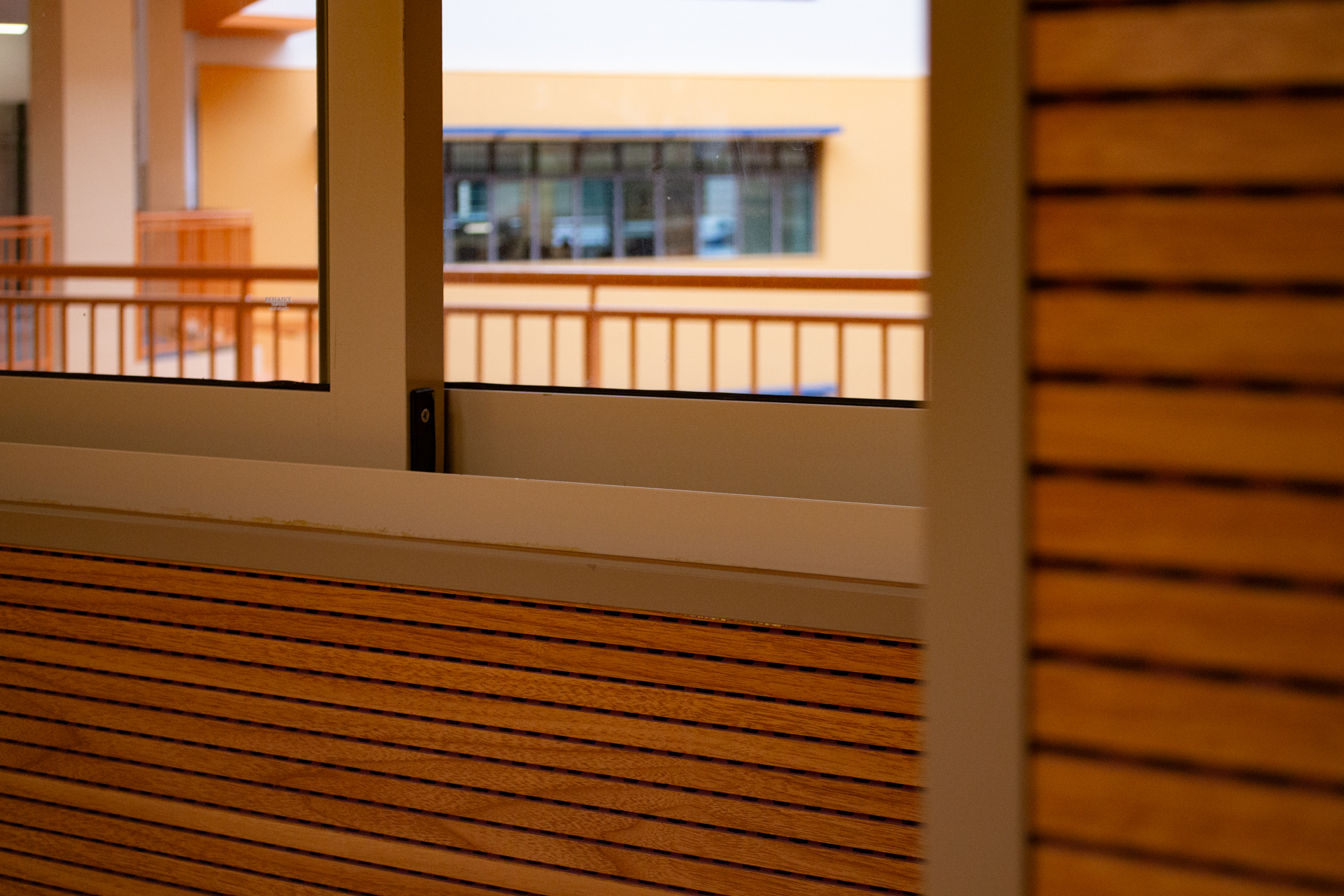Healthier Interiors with Declare Red List Free Acoustic Panels

Designing Spaces That Put Health First
As building occupants become increasingly aware of indoor air quality and material health, specifiers are turning to transparent, third-party verified products to meet these expectations. Among the most impactful tools in sustainable architecture is the Declare label, which helps identify products that are free from harmful chemicals listed on the Living Building Challenge (LBC) Red List. For acoustic panels—commonly used in offices, schools, and healthcare environments—being Red List Free means improved occupant well-being and full disclosure of material content. This article explores how Declare Red List Free acoustic panels contribute to healthier interiors and align with high-performance green building goals.

What Is the Red List and Why It Matters
Understanding the Red List Criteria
The LBC Red List identifies the “worst-in-class” materials, chemicals, and elements that are known to pose serious risks to human and environmental health. These include substances such as formaldehyde, phthalates, halogenated flame retardants, and heavy metals. Many traditional acoustic panels contain binders, adhesives, or surface treatments that include one or more of these substances¹.
Transparent Ingredients Start with Declare
The Declare program—managed by the International Living Future Institute—requires full disclosure of product ingredients down to 0.01% and classifies products into three tiers: Red List Free, Declared, and Red List Approved. Declare Red List Free acoustic panels disclose every component and contain no chemicals on the Red List, making them the safest and most transparent option for interior environments².
Declare Red List Free Acoustic Panels
Declare Red List Free Acoustic Panels are designed with occupant safety and sustainability in mind. By eliminating harmful chemicals and fully disclosing material content, these panels meet the growing demand for healthier, greener interior products. They contribute to WELL and LEED credits, support transparency initiatives, and promote long-term indoor air quality improvements.

Health Benefits of Red List Free Acoustic Panels
Improved Indoor Air Quality
Acoustic panels that are free of VOCs, formaldehyde, and other toxic additives reduce indoor air pollution, leading to fewer respiratory irritations, headaches, and long-term health concerns. This is especially critical in classrooms, healthcare facilities, and workplaces where occupants spend extended hours³.
Non-Toxic by Design
Red List Free panels are typically made from natural or recycled materials—such as PET fibre, wood wool, or low-emission MDF—with non-toxic adhesives and finishes. This eliminates the risks of off-gassing and supports sensitive user groups including children, the elderly, and immunocompromised individuals⁴.

Compliance and Certification Alignment
Supporting Green Building Programs
Declare Red List Free products contribute to WELL v2 Feature X13 (Material Transparency), LEED v4.1 MR Credits, and Living Building Challenge Imperative 10. By using these panels, project teams can more easily achieve points in certification pathways while demonstrating a strong commitment to environmental responsibility⁵.
Integration with Other Standards
Declare is often used in conjunction with other certifications such as Health Product Declarations (HPDs), Environmental Product Declarations (EPDs), and Cradle to Cradle (C2C). For manufacturers, achieving Red List Free status increases product appeal to architects and contractors working on high-performance or government-led projects⁶.
Benefits of Red List Free Acoustic Products
Health and Safety Assurance
Products with a Declare Red List Free label provide peace of mind to clients, building owners, and facility managers by removing exposure to harmful substances and promoting long-term well-being for occupants.
Material Transparency and Trust
Transparency is a key value in today’s architectural and construction market. Declare-labelled acoustic panels communicate what’s in a product—and what isn’t—allowing specifiers to make informed, responsible decisions.
Sustainability Leadership
By removing toxic inputs and committing to disclosure, manufacturers of Red List Free acoustic panels lead the industry in sustainability and ethical sourcing. These products align with circular economy principles and promote greener, healthier construction.

Redefining Acoustic Wellness in Modern Interiors
Declare Red List Free acoustic panels are redefining how we approach sound management and material health in interior spaces. By prioritising non-toxic ingredients and full transparency, these panels deliver high-performance acoustic comfort without compromising indoor air quality or sustainability goals. As regulations and awareness grow, Red List Free options will become essential in every forward-thinking design toolkit.
References
- International Living Future Institute. (2024). LBC Red List. Living Building Challenge.
- Declare. (2024). Declare Label and Product Transparency. International Living Future Institute.
- U.S. Environmental Protection Agency. (2023). Volatile Organic Compounds’ Impact on Indoor Air Quality. EPA.
- Clean Production Action. (2022). Avoiding Hazardous Chemicals in Building Products. CPA Healthy Building Network.
- International WELL Building Institute. (2023). WELL v2 Feature X13: Material Transparency. IWBI.
- Cradle to Cradle Products Innovation Institute. (2024). Cradle to Cradle Certification & Declare Integration. C2CPII.
Share